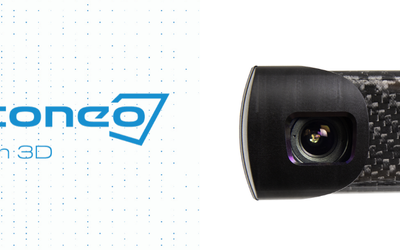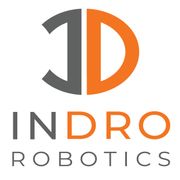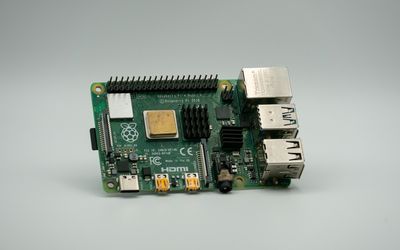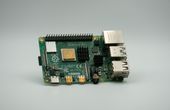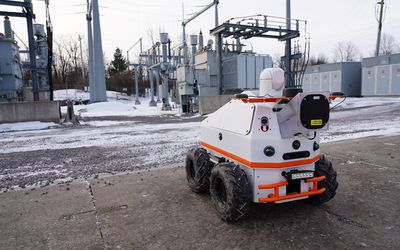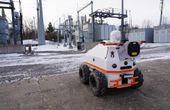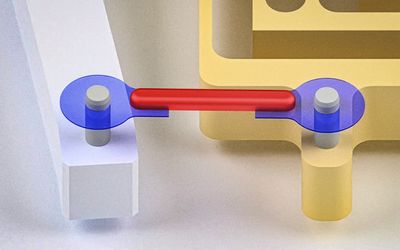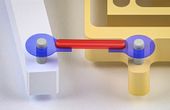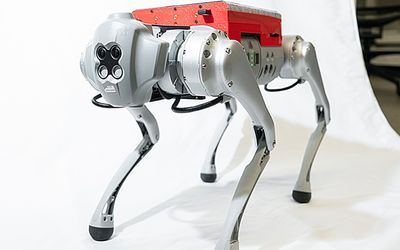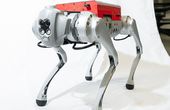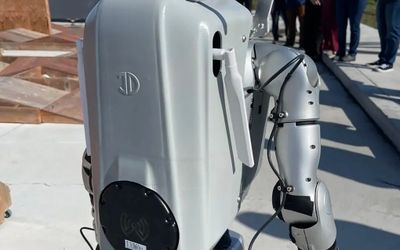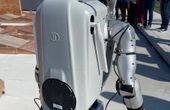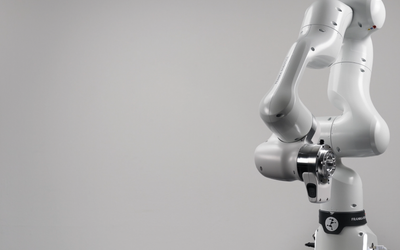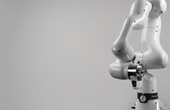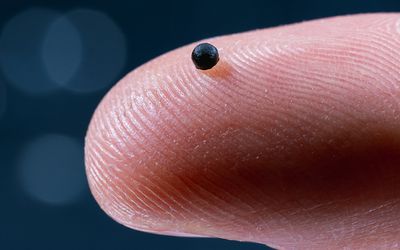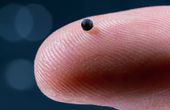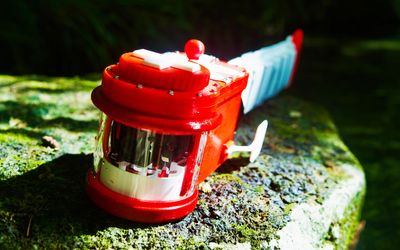Be the first to know.
Get our robotics weekly email digest.
Tagged with
robotics
ORGANIZATIONS. SHAPING THE INDUSTRY.
Avestec Technologies
Automation Machinery Manufacturing
We are a company in flying robotics, specializing in Non-destructive inspec...
23 Posts
InDro Robotics
Robotics and Drones
We empower R&D by providing the computational power, ROS packages, payloads...
14 Posts
Adapta Robotics
Robotics, R&D
Automate Advance Adapt. Enhancing human potential through robotic automatio...
12 Posts
Renesas Electronics
Semiconductor Manufacturing
A leading semiconductor manufacturer. Our mission is to make our lives easi...
10 Posts
View more
Latest Posts
event | DEC 10 - DEC 10, 2025
Join Prof. Fei Chen as he explores advanced bimanual manipulation and teleoperation techniques shaping the future of intelligent human-like robots in this expert-led robotics session.
